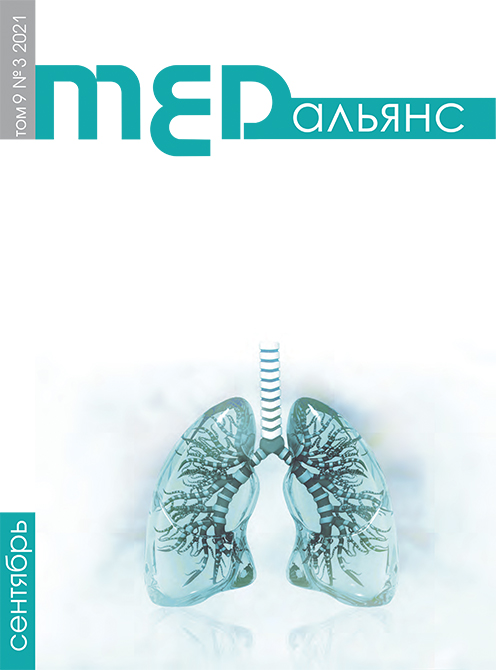Abstract
Background: bisphosphonates use over three decades in a variety conditions in children. However, the evidence of its use is limited.
Aims: systematic analysis of publications regarding the effectiveness and safety of bisphosphonates (BPs) in children.
Methods. PubMed and eLIBRARY were searched for eligible articles of Russian and foreign authors up to February 2021. According the PRISMA strategies, 35 studies (data of 2545 patients) were included into the analysis.
Results. More than 80% patients suffered from nonbacterial osteomyelitis (NBO) and osteogenesis imperfecta (OI). BPs in children are effective for increasing the bone mineral density for decreased fracture incidence, to reduce bone pain, to relieve inflammation and to improve the quality of patients’ life. The most frequently adverse event was the first-dose effect, such as flu-like syndrome. In the age group under study, no severe adverse events characteristic of adults have been seen (mandibular necrosis).
Conclusions. BPs are efficient and safe in children with OI, NBO and cerebral palsy in order to restore the bone mineral density. Further research is required to strengthen the recommendations made, while the wider use of BPs require revision of current registration documents in accordance with global guidelines.

